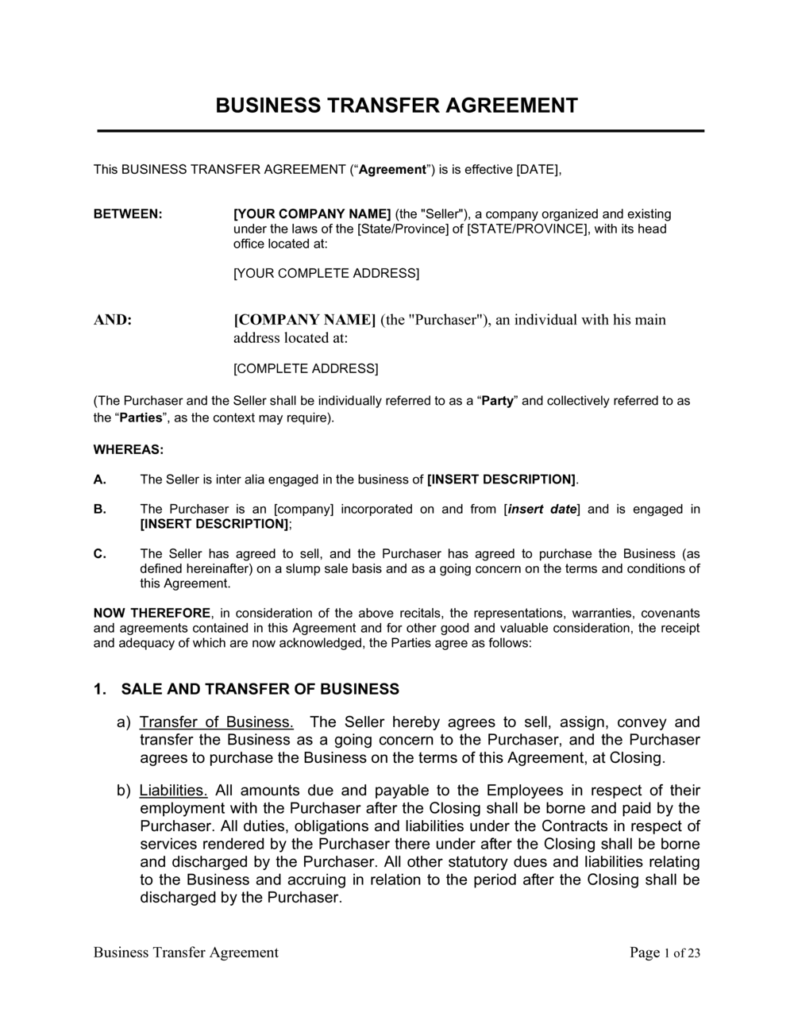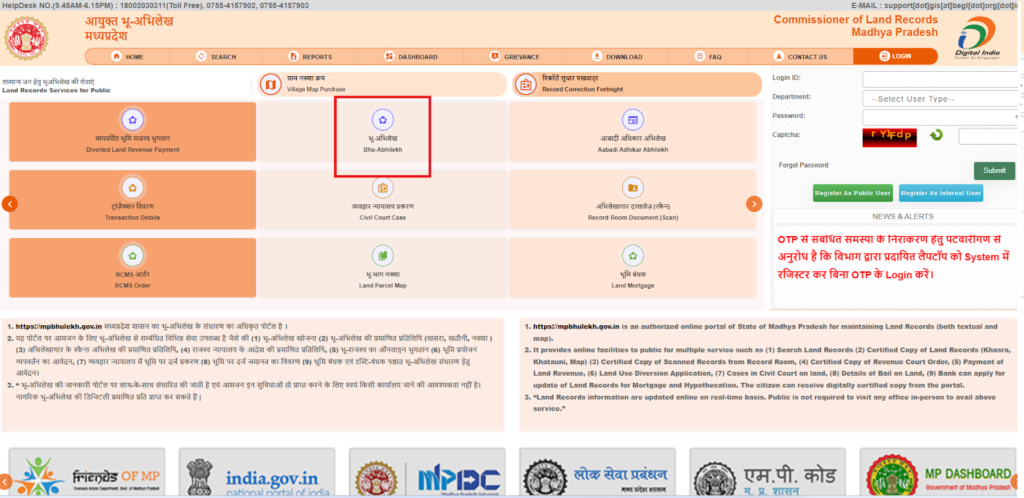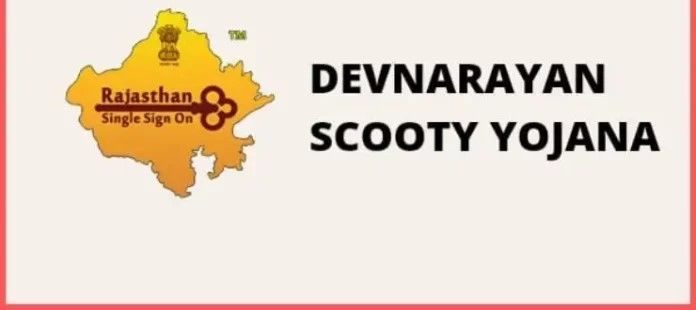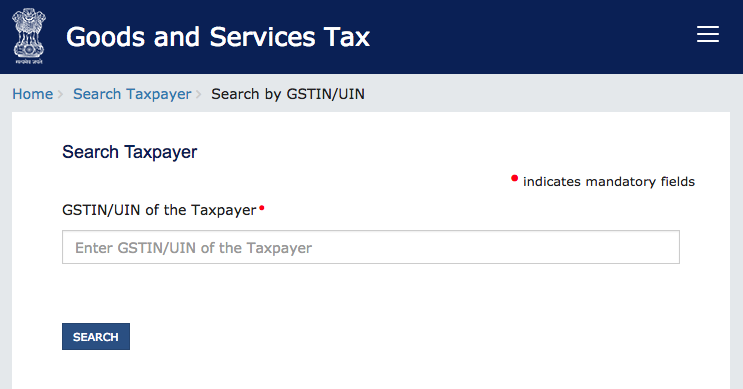LLP Agreement

A Limited Liability Partnership Agreement serves as a pivotal contract binding two or more individuals or entities in the joint ownership of a Limited Liability Partnership (LLP). This legally binding document delineates the mutual rights and obligations of partners, crucially outlining the framework for their collaborative endeavors. While the LLP maintains its distinct legal identity […]
Kotak Mahindra Bank Current Account

Kotak Mahindra Bank current account helps customers in expanding their business potential and meet the growing financial and banking needs of the individuals. Kotak Current Account is a type of deposit account widely used by professionals and businessmen. Current Accounts are only meant for the convenience and business needs of individuals and not for earning […]
Drafting and Importance of Business Transfer Agreement in India

The Business Transfer Agreement is a very crucial document for completing business transactions as it helps to improve the performance of business post- integration. The transfer of business also lets the company to focus on core areas, thereby optimizing operational synergies. The Business Transfer Agreement is a very crucial document for completing business transactions as it […]
e mitra

E-Mitra is an ambitious E-governance initiative of Government of Rajasthan (GoR) which is being implemented in all 33 Districts of the state using Public-Private Partnership (PPP) model for convenience and transparency to citizens in availing various services of the Government and Private Sectors under a single roof at their door steps using an e- platform. […]
Madhya Pradesh Records of Rights – Khasra

Land records include various types of details like sale deeds that are maintained by several government departments. It also includes the Records of Rights, Tenancy and Crop Inspection Register (RTC), among vital land-related details. Additionally, the record also includes details such as the shape of the land, type of soil, size, and details about the irrigation use […]
Rajasthan Devnarayan Scooty Distribution and Incentive Scheme

The Government of Rajasthan has launched the Devnarayan Scooty Yojana for the year 2023 in order to encourage female students in the state to study and to address the state’s low female literacy rate. The Rajasthan Free Scooty Yojana provides free scooty and incentives to girls in the state who have passed the 12th examination […]
section 143(1) income tax notice

An intimation u/s 143 (1) serves as a preliminary assessment of the taxpayer’s income tax return filed for a particular financial year. It is a message which notifies the taxpayer of any kind of error prevailing in his/her tax filing. It also tells the taxpayer of any kind of interest payable or refundable in his […]
SBI Annuity Deposit Scheme

State bank of India gives you an Annuity Deposit Scheme where you will deposit a lump sum amount with the bank and get a monthly payment that also has the principal amount and the interest that has accrued on the diminishing principal amount that is held with the bank. They are also called monthly annuity […]
Stand Up India Scheme

Stand Up India scheme was launched on April 5th, 2016 by Hon’ble Prime Minister of India to help SC, ST and women entrepreneurs in setting up of new businesses and obtaining a loan from banks for the same. Stand Up India scheme is a part of the Startup India Action Plan 2016 for promoting startups […]
GST Number Search

Consumers can verify the legitimacy of a business simply by using the GSTIN search by PAN tool. They can also use the GSTIN by PAN to locate the state in which your vendor’s business is active. Dealers can avoid any potential errors by verifying the GST number via the PAN. What is GSTIN? GST numbers, […]